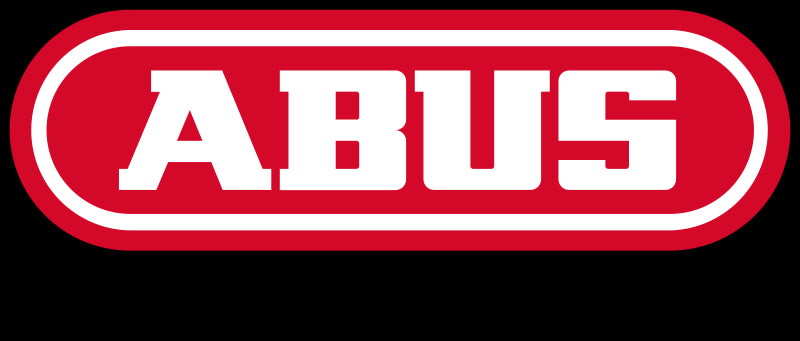Who says speed bike says speed control (logical!)
Orders are the first links in your transmission. They are what give the impetus (“the orders”) to the derailleurs. There are a lot of control systems that have evolved over the years. Each offering its own ergonomics, qualities and faults. For the proper functioning of your transmission and according to your practice, you must therefore suitably match your controls to your derailleur.
Whatever the type of order, the principle is always the same. A shifter pulls the cable from the derailleur which causes a lateral movement of the latter, driving the chain which changes sprockets.
Road/racing handlebar
The joysticks (or lever)
They are mainly installed on the frame, stem or handlebar. It is one of the oldest systems still found on old vintage bikes . Easy to replace, longevity ++ and affordable, it is a system that requires little maintenance and still seduces for its retro side. Far from being without disadvantages, it turns out to be less precise and requires the cyclist a little dexterity and flexibility in fingering before finding the right speed. It also requires a bit of agility since it requires letting go of a hand if you want to change gears. If you're tall, watch your knees when you're dancing on a stem-lever bike! When changing the lever, be sure to match it to the number of gears. There are 5, 6 or 7 speed levers which it is preferable to mount with a corresponding cassette. For 8 and 10 speeds, the levers are generally compatible for both.
Shifters at the end of the handlebars
Very vintage , this system offers the same advantages as the classic frame levers except that, as its name suggests, the levers are located at the end of the handlebars. Rigorous and careful installation will allow you to hide the sheaths under the handlebar tape.
The combined handles
Combination grips integrate brake lever and gear control in the same part on the handlebar. Pallets are located under the brakes and a small push button at thumb level on the hood. This has been the most common system for several years. We appreciate its ergonomics and the fact that you don't have to let go of the handlebars to change gear. Far from being without drawbacks, there is no standard for these gear controls. It is therefore difficult to combine Shimano components with Campagnolo. They are also a little more fragile, more complex to maintain and more expensive to buy.
Straight handlebar/city bike/MTB
Shifters above the handlebar (Thumbies)
This type of lever is found on the first mountain bikes (1990'). They are the evolution of lever controls on the frame, which have been grafted onto the handlebars at the level of the handles. They are operated with the thumb (hence their name Thumbies) and the index finger. Rarely equipped on current bikes, they are still appreciated for their extraordinary solidity and their lightness.
The rotary handles
You have to turn the handlebar grip on itself to change gear. It is a simple system to use, robust, but imprecise. It is perfect for children and their small hands and prevents them from letting go of the handlebars. They have reduced durability - by dint of changing gears, the rubber of the grip wears and the change becomes painful and painful for the hands.
Trigger controls
It is the most fashionable and efficient system for city bikes and mountain bikes. It is composed of two triggers, one to go up, another to go down. Installation is easy, the ergonomics are perfect, but as usual, components from different brands are not always compatible with each other.
We advise you to change your cables and sheaths if you change your derailleurs controls.


































